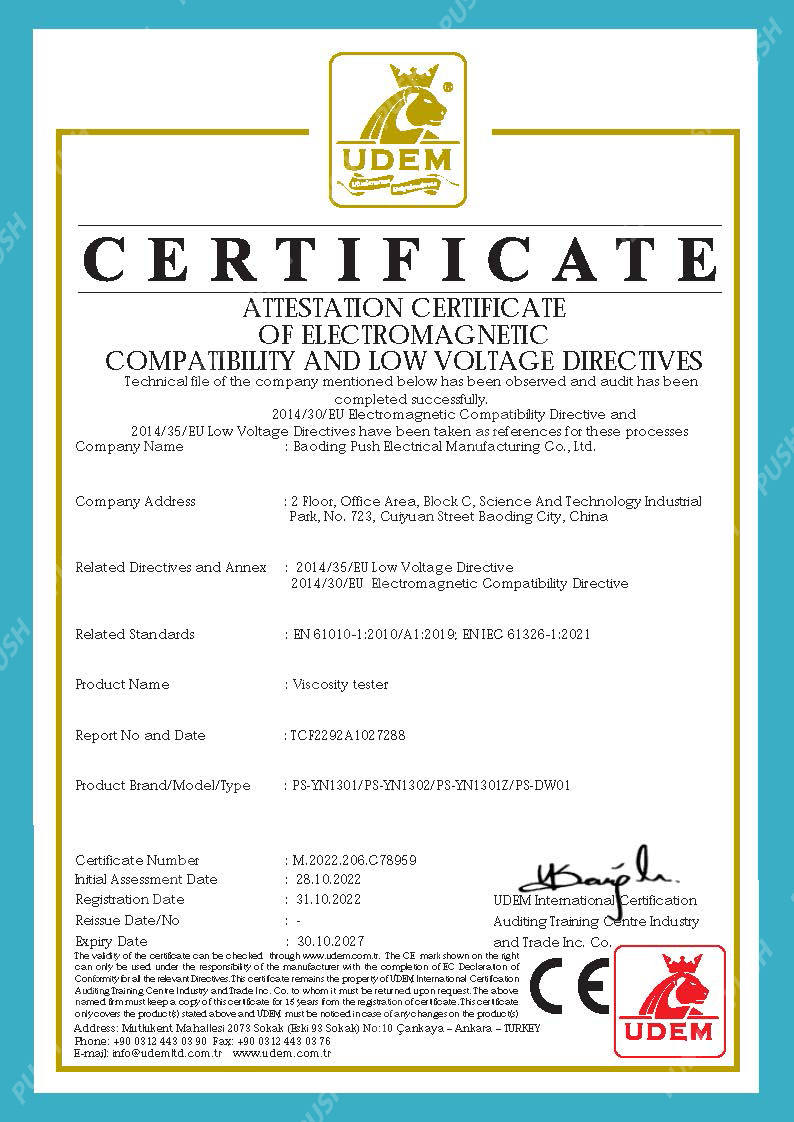 English
English



-
 Afrikaans
Afrikaans -
 Albanian
Albanian -
 Amharic
Amharic -
 Arabic
Arabic -
 Armenian
Armenian -
 Azerbaijani
Azerbaijani -
 Basque
Basque -
 Belarusian
Belarusian -
 Bengali
Bengali -
 Bosnian
Bosnian -
 Bulgarian
Bulgarian -
 Catalan
Catalan -
 Cebuano
Cebuano -
 China
China -
 China (Taiwan)
China (Taiwan) -
 Corsican
Corsican -
 Croatian
Croatian -
 Czech
Czech -
 Danish
Danish -
 Dutch
Dutch -
 English
English -
 Esperanto
Esperanto -
 Estonian
Estonian -
 Finnish
Finnish -
 French
French -
 Frisian
Frisian -
 Galician
Galician -
 Georgian
Georgian -
 German
German -
 Greek
Greek -
 Gujarati
Gujarati -
 Haitian Creole
Haitian Creole -
 hausa
hausa -
 hawaiian
hawaiian -
 Hebrew
Hebrew -
 Hindi
Hindi -
 Miao
Miao -
 Hungarian
Hungarian -
 Icelandic
Icelandic -
 igbo
igbo -
 Indonesian
Indonesian -
 irish
irish -
 Italian
Italian -
 Japanese
Japanese -
 Javanese
Javanese -
 Kannada
Kannada -
 kazakh
kazakh -
 Khmer
Khmer -
 Rwandese
Rwandese -
 Korean
Korean -
 Kurdish
Kurdish -
 Kyrgyz
Kyrgyz -
 Lao
Lao -
 Latin
Latin -
 Latvian
Latvian -
 Lithuanian
Lithuanian -
 Luxembourgish
Luxembourgish -
 Macedonian
Macedonian -
 Malgashi
Malgashi -
 Malay
Malay -
 Malayalam
Malayalam -
 Maltese
Maltese -
 Maori
Maori -
 Marathi
Marathi -
 Mongolian
Mongolian -
 Myanmar
Myanmar -
 Nepali
Nepali -
 Norwegian
Norwegian -
 Norwegian
Norwegian -
 Occitan
Occitan -
 Pashto
Pashto -
 Persian
Persian -
 Polish
Polish -
 Portuguese
Portuguese -
 Punjabi
Punjabi -
 Romanian
Romanian -
 Russian
Russian -
 Samoan
Samoan -
 Scottish Gaelic
Scottish Gaelic -
 Serbian
Serbian -
 Sesotho
Sesotho -
 Shona
Shona -
 Sindhi
Sindhi -
 Sinhala
Sinhala -
 Slovak
Slovak -
 Slovenian
Slovenian -
 Somali
Somali -
 Spanish
Spanish -
 Sundanese
Sundanese -
 Swahili
Swahili -
 Swedish
Swedish -
 Tagalog
Tagalog -
 Tajik
Tajik -
 Tamil
Tamil -
 Tatar
Tatar -
 Telugu
Telugu -
 Thai
Thai -
 Turkish
Turkish -
 Turkmen
Turkmen -
 Ukrainian
Ukrainian -
 Urdu
Urdu -
 Uighur
Uighur -
 Uzbek
Uzbek -
 Vietnamese
Vietnamese -
 Welsh
Welsh -
 Bantu
Bantu -
 Yiddish
Yiddish -
 Yoruba
Yoruba -
 Zulu
Zulu
insulation resistance 500v
Understanding Insulation Resistance at 500V Importance and Testing Procedures
Insulation resistance is a critical parameter in the design and maintenance of electrical systems. It measures the ability of an insulating material to resist electric current, ensuring safe and reliable operation of electrical equipment. One of the common testing voltages used for measuring insulation resistance is 500 volts (V), which is especially prevalent in various applications, including industrial settings and residential buildings.
Significance of Insulation Resistance
The primary purpose of insulation resistance testing is to evaluate the integrity of insulating materials surrounding electrical conductors. Over time, insulation can deteriorate due to factors such as environmental conditions, aging, mechanical damage, or chemical exposure. A decline in insulation resistance can lead to leakage currents, short circuits, and even severe electrical hazards like electric shocks or fires. Therefore, ensuring adequate insulation resistance is paramount to maintaining safety and operational efficiency.
The Role of 500V Testing Voltage
The choice of 500V for insulation resistance testing is significant. This voltage level is high enough to provide a clear indication of insulation condition without damaging most common insulation materials used in electrical systems. For instance, residential and commercial wiring often involves thermoplastic and thermosetting compounds that can tolerate this voltage, making 500V a standard testing level in many electrical codes and practices.
How Insulation Resistance Testing Works
Insulation resistance testing typically involves a specialized instrument known as an insulation resistance tester or megohmmeter. During the test, the device applies a voltage (in this case, 500V) across the insulation being measured. The resistance is then calculated based on the current that flows through the insulation material. The resistance value is expressed in ohms (Ω) and is often in the range of megaohms (MΩ).
A higher resistance value indicates healthier insulation, while lower values may signal potential problems that need to be addressed. Industry standards suggest that insulation resistance should be at least 1 MΩ for most applications, but higher values are recommended for more critical systems.
insulation resistance 500v

Conducting the Test
Before conducting an insulation resistance test at 500V, it is crucial to follow a systematic procedure to ensure safety and accuracy
1. Preparation Disconnect the equipment from any power source to avoid electrical shocks. It’s essential to ensure that the equipment is safely isolated.
2. Selection of Test Points Identify the conductors and insulation surfaces that need to be tested. This may include cables, motor windings, and junction boxes.
3. Connecting the Tester Attach the leads of the megohmmeter. One lead connects to the conductor, while the other connects to the ground or the metal casing of the device.
4. Performing the Test Activate the meter to apply the 500V. The tester will display the resistance value after a short duration of measurement.
5. Evaluating Results Record the resistance values. If the readings fall below acceptable thresholds, take necessary steps, such as repairing or replacing the insulation.
Conclusion
Regular insulation resistance testing at 500V is essential for the long-term reliability and safety of electrical systems. By understanding its significance and mastering the testing procedures, industry professionals can effectively prevent electrical failures and ensure that their systems operate safely and efficiently. Remember, proactive maintenance and testing not only enhance safety but can also lead to significant cost savings in the long run by averting more serious electrical issues.
-
Testing Equipment Industry Sees Major Advancements in 2025: Smart & Precision Technologies Lead the WayNewsJun.06,2025
-
Applications of Direct Current Generators in Renewable Energy SystemsNewsJun.05,2025
-
Hipot Tester Calibration and Accuracy GuidelinesNewsJun.05,2025
-
Digital Circuit Breaker Analyzer Features and BenefitsNewsJun.05,2025
-
Benefits of Real-Time Power Quality Monitoring Devices for Industrial EfficiencyNewsJun.05,2025
-
Earth Fault Loop Testing in High-Rise Building Electrical SystemsNewsJun.05,2025



